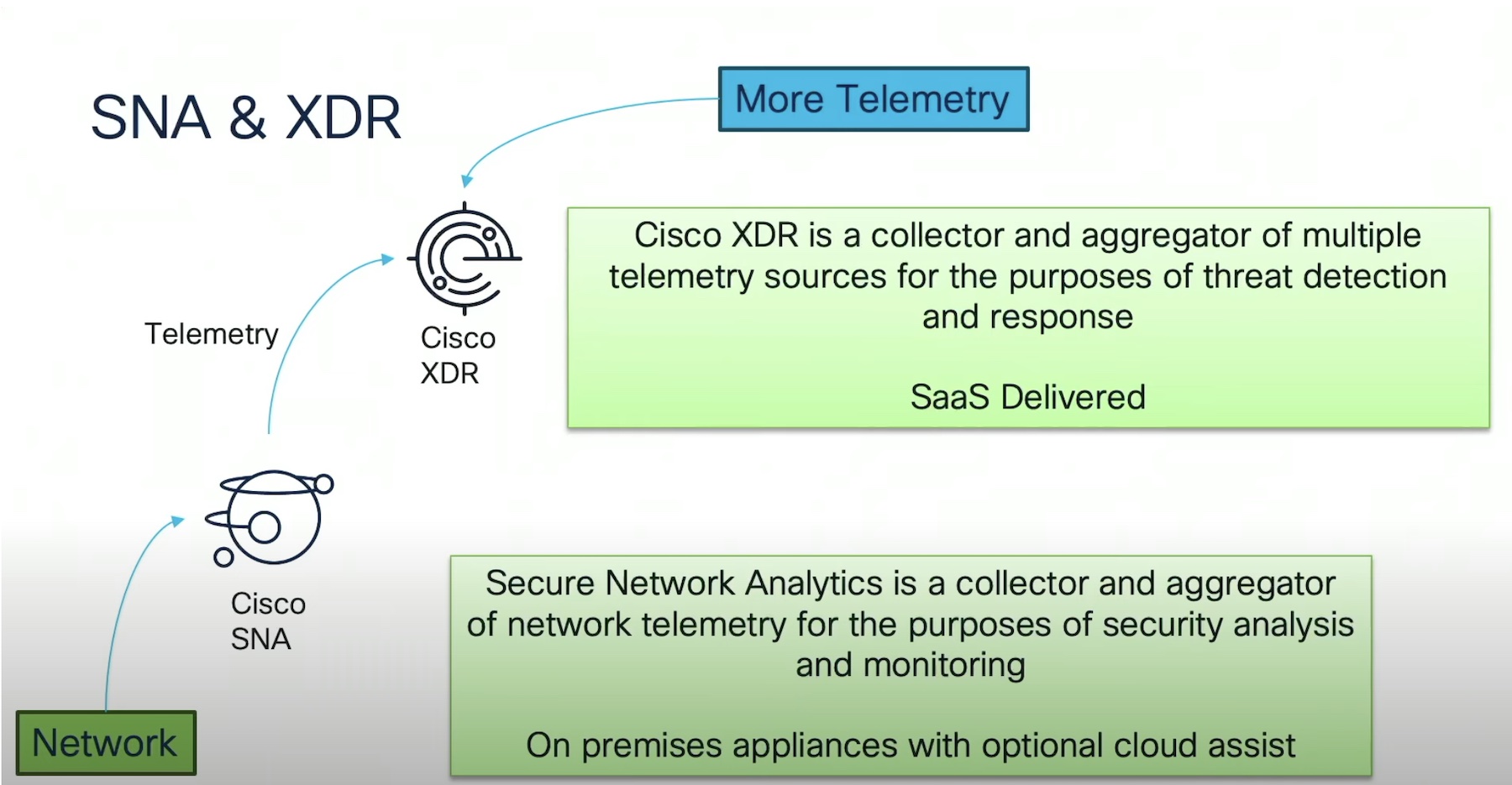In the previous blog, we spoke about how Cisco is proposing to simplify provider networks in an effort to reduce capital and operational expenditures. We covered the innovations in this field and the approach at the physical layer: silicon, optics, and systems.

Simplifying the physical layer is, however, only one side of the coin. In an era blossoming with Software Defined Networking and automation capabilities, innovations at the logical level become an implicit (and necessary) part of every network.
Let us take a look at those innovations and the pain points they are meant to address.
Routed Optical Networking
Unifying the physical layer allowed the IP and optical worlds to meet and communicate. With Routed Optical Networking, Cisco will be able to drive both physical and logical realms toward a simpler and unified deployment.
Three big layers allow Routed Optical Networking to bring simplicity, agility, and reliability to the table in the form of a modern and cloud-enhanced software stack.
Automation Layer
Aiming to simplify the separate management and configuration of two distinctive siloes, Cisco has developed Cisco Crosswork: An automation portfolio with the power to provide scalable, adaptive, and hybrid workflows of all volumes and frequencies, along with toolchain integration, multi-vendor, and multi-domain support, for a wide scope of applications. Cisco Crosswork comes crowned with visibility, assurance, and analytics for comprehensive insights and autonomous deployments, such as Zero Touch Provisioning. If a network requires a network controller, a data gateway, a network services orchestrator, or a WAN automation engine, Crosswork will provide solid options to implement them. With this portfolio, Cisco is offering a powerful set of capabilities wrapped in a noble package, akin to a Japanese bento box.
Service Layer
Streamlining a vast set of options and flavors, the Service Layer implementation focuses on scalability and compatibility. For the enterprise customer segment, the L2VPN offering is based on the set of standardized BGP-based services to leverage EVPN’s capabilities, adoption, and support. In the case of subscriber customers, BNG services, which are commonly separate and managed through several unique policies, can be containerized and migrated to a cloud-native BNG setup. Overall, the Service Layer provides agility, simplifying subscriber management, and reduces operational expenses when managing, deploying, or migrating services. The ultimate goal of the Service Layer is to provide a comprehensive yet compact approach to provisioning, delivering, monitoring, and troubleshooting services facilitated by unified policies and converged control planes across the network.
Transport Layer
A long time has passed since the days of difficult traffic engineering deployments and convoluted tunnel setups. By teaming up with one of the cool kids of the service provider block, Segment Routing, the Transport Layer, provides a software-defined nature to the MPLS forwarding paradigm. By relying on its advanced capabilities to bring performance monitoring, fast fail-over for link, node, or shared risk link group, and large-scale traffic engineering, the Transport Layer allows providers to keep their network available while providing telemetry information that can be acted upon from a centralized controller.
Closing Thoughts
In the present, networking turns to abstraction and simplification, aiming to leverage automation and orchestration, standardized protocols, data models, and open implementations to embrace compatibility and simplicity.
Unifying and simplifying the operation of IP over optical networks has long been a tough nut to crack. Cisco is bringing a unique approach based on industry standards, its own home-bred silicon, and a fully-fledged automation portfolio that paves the path for future integrated, smart, efficient, and modern provider networks.




